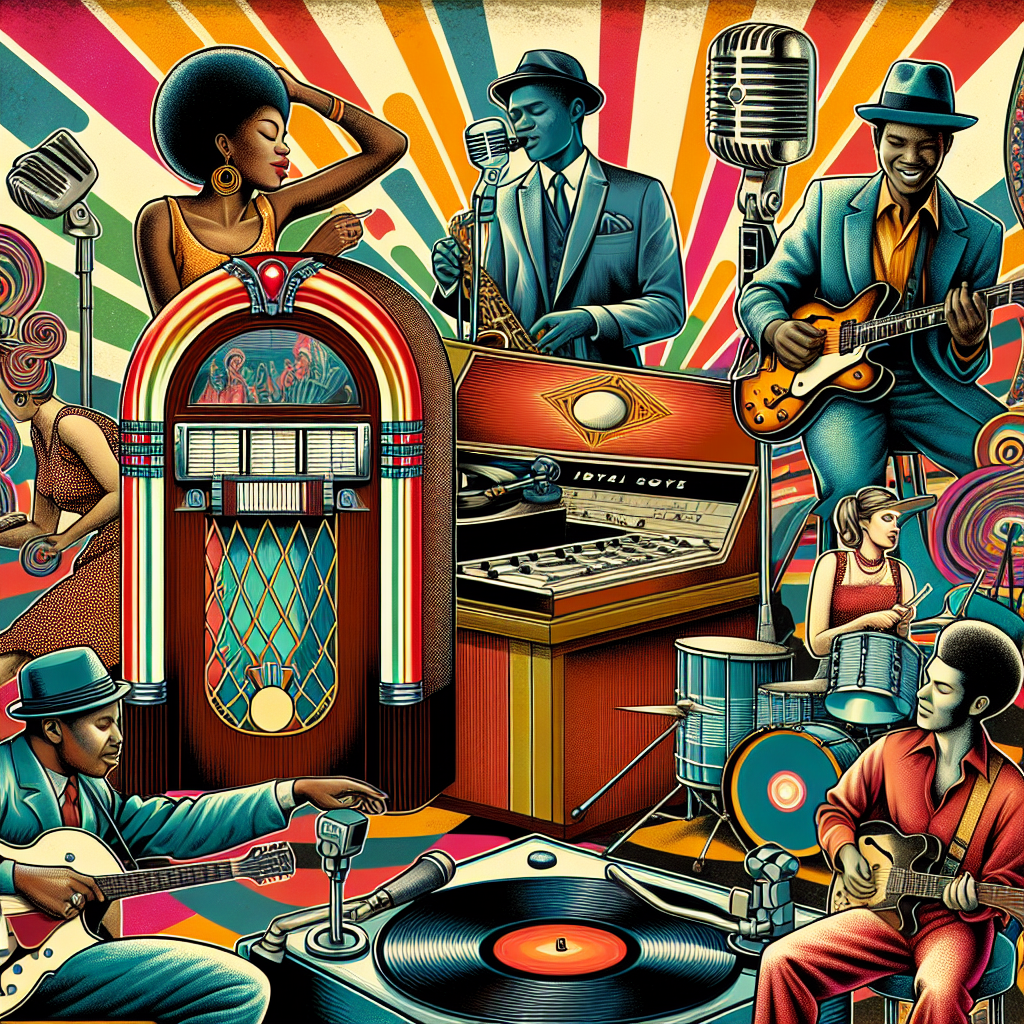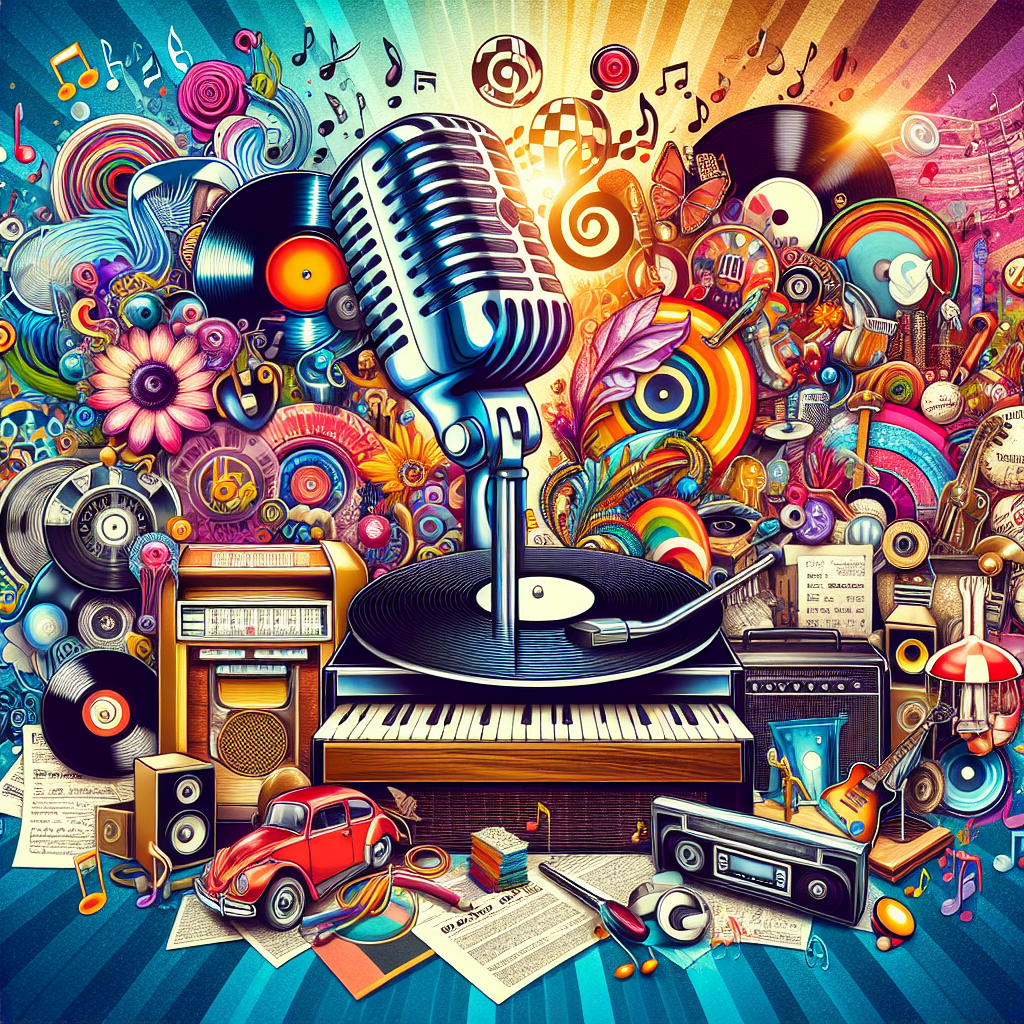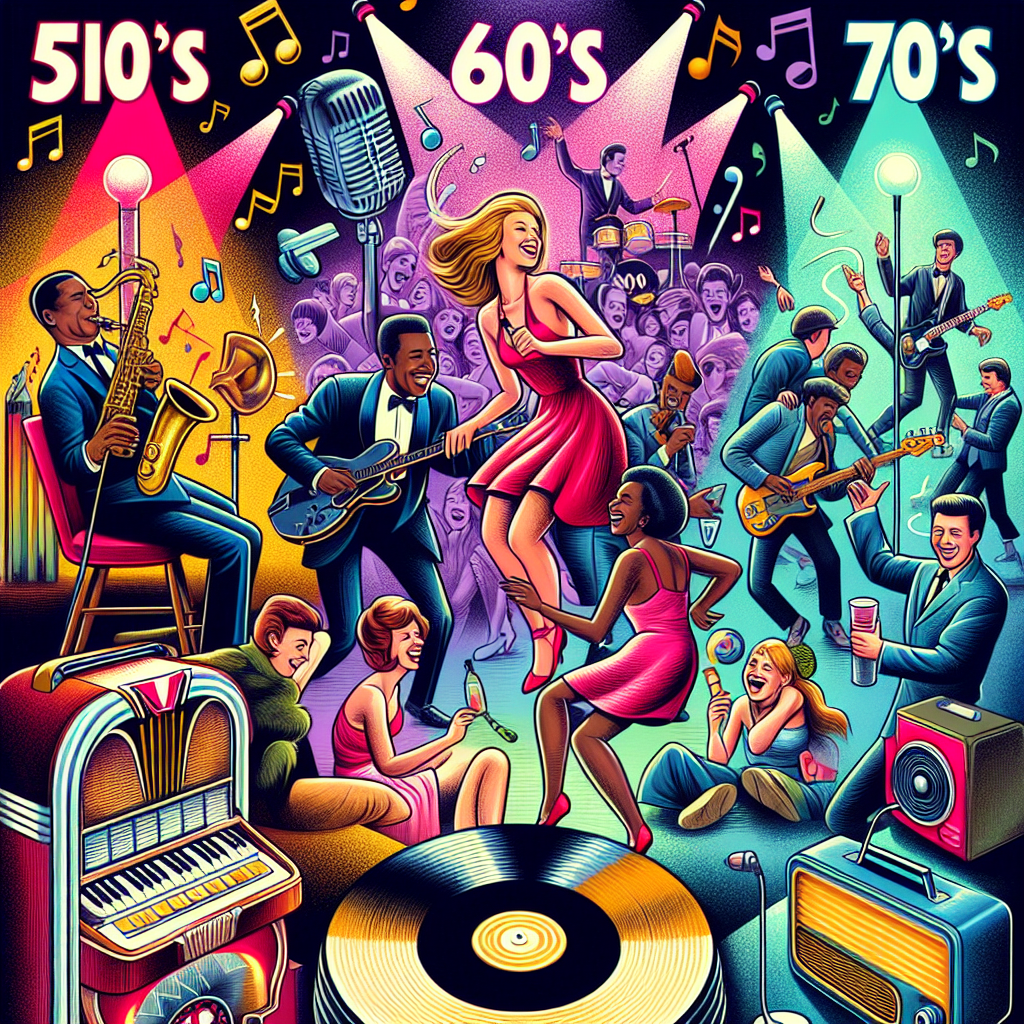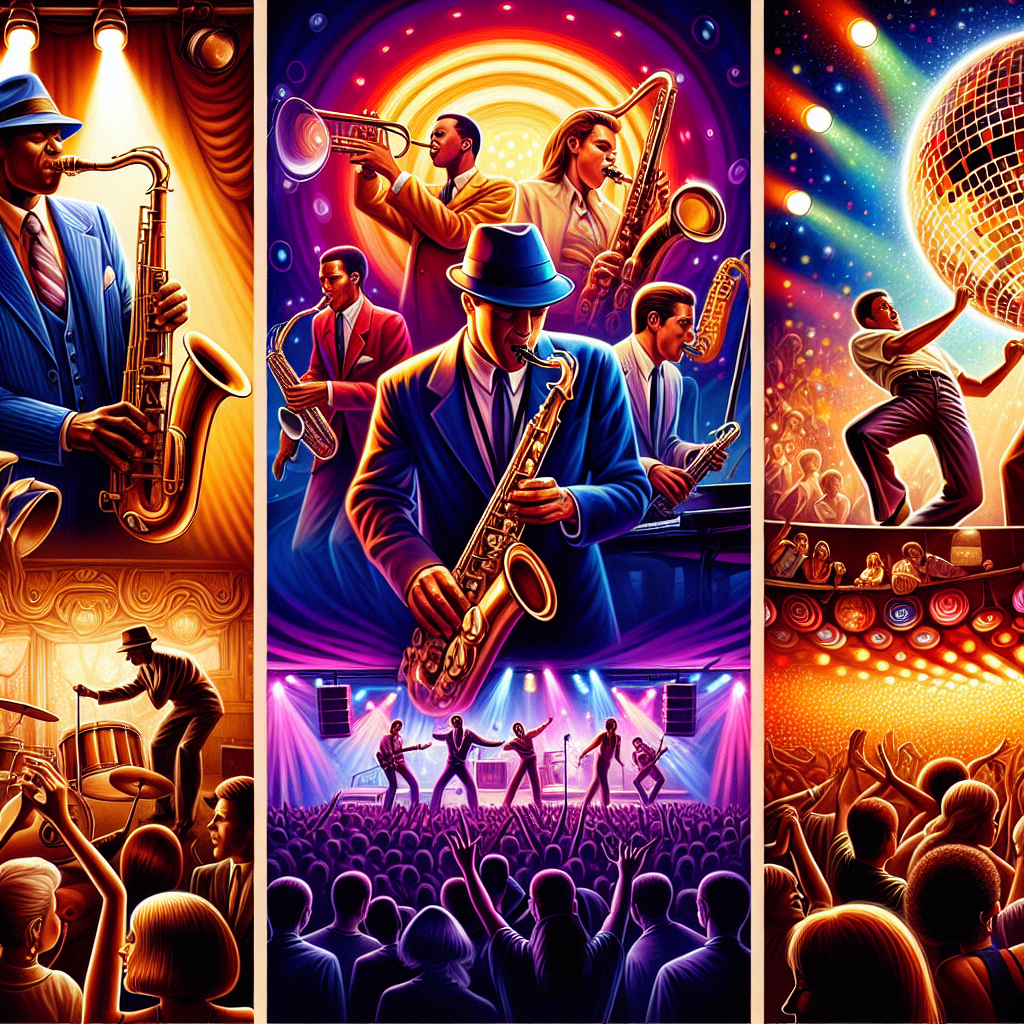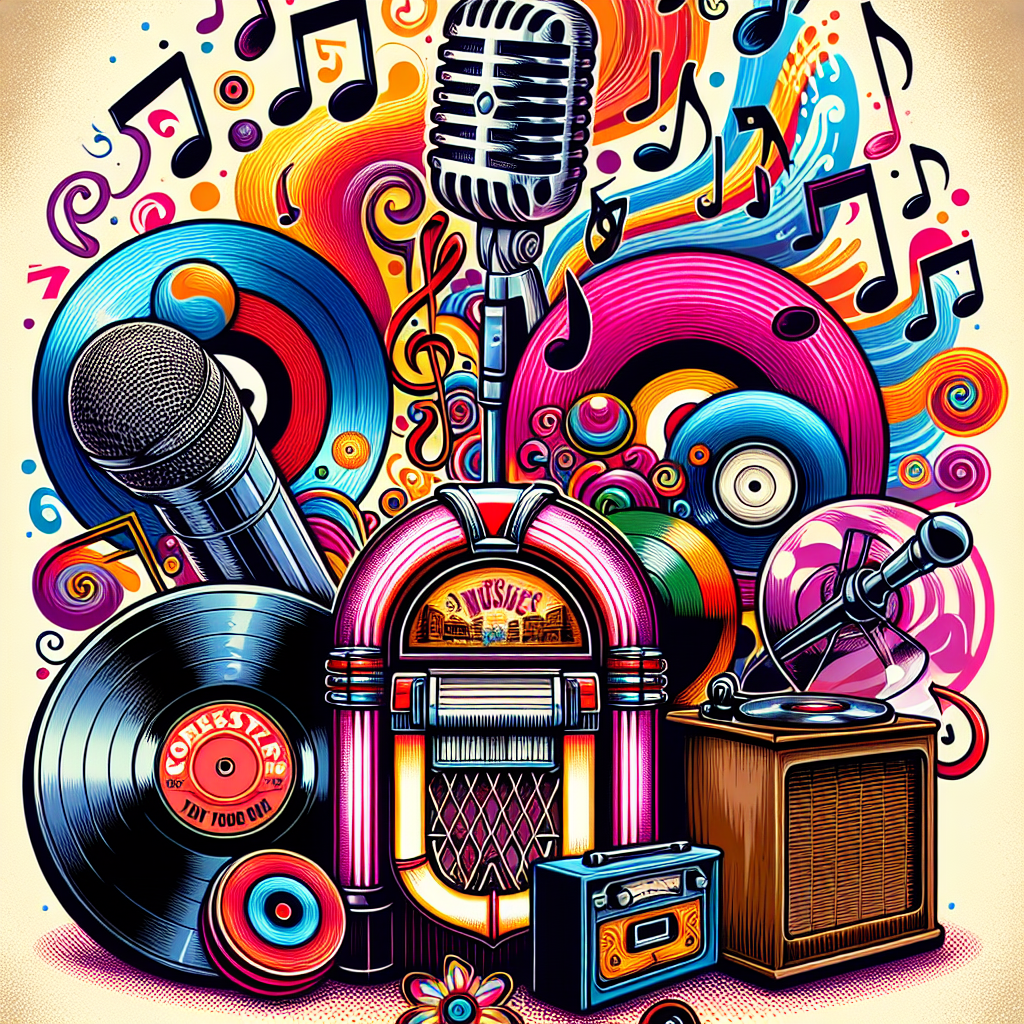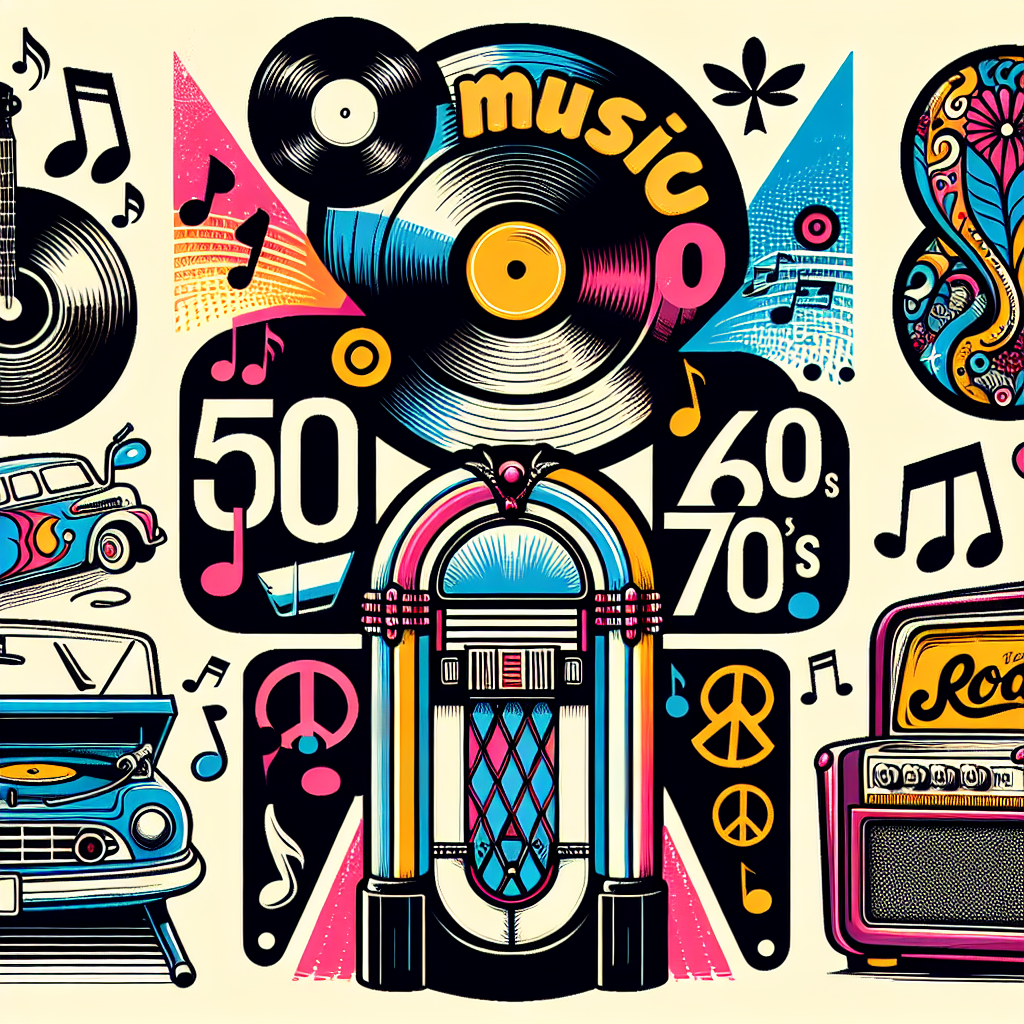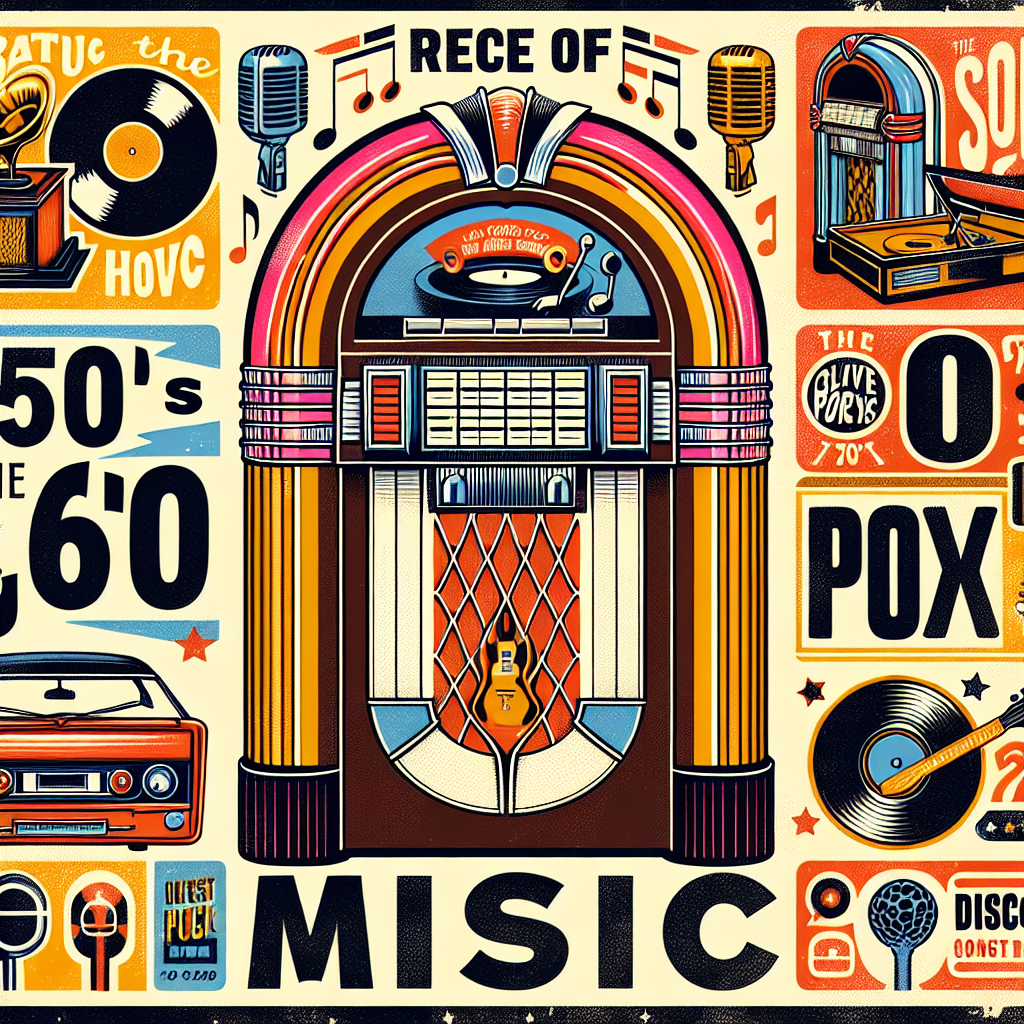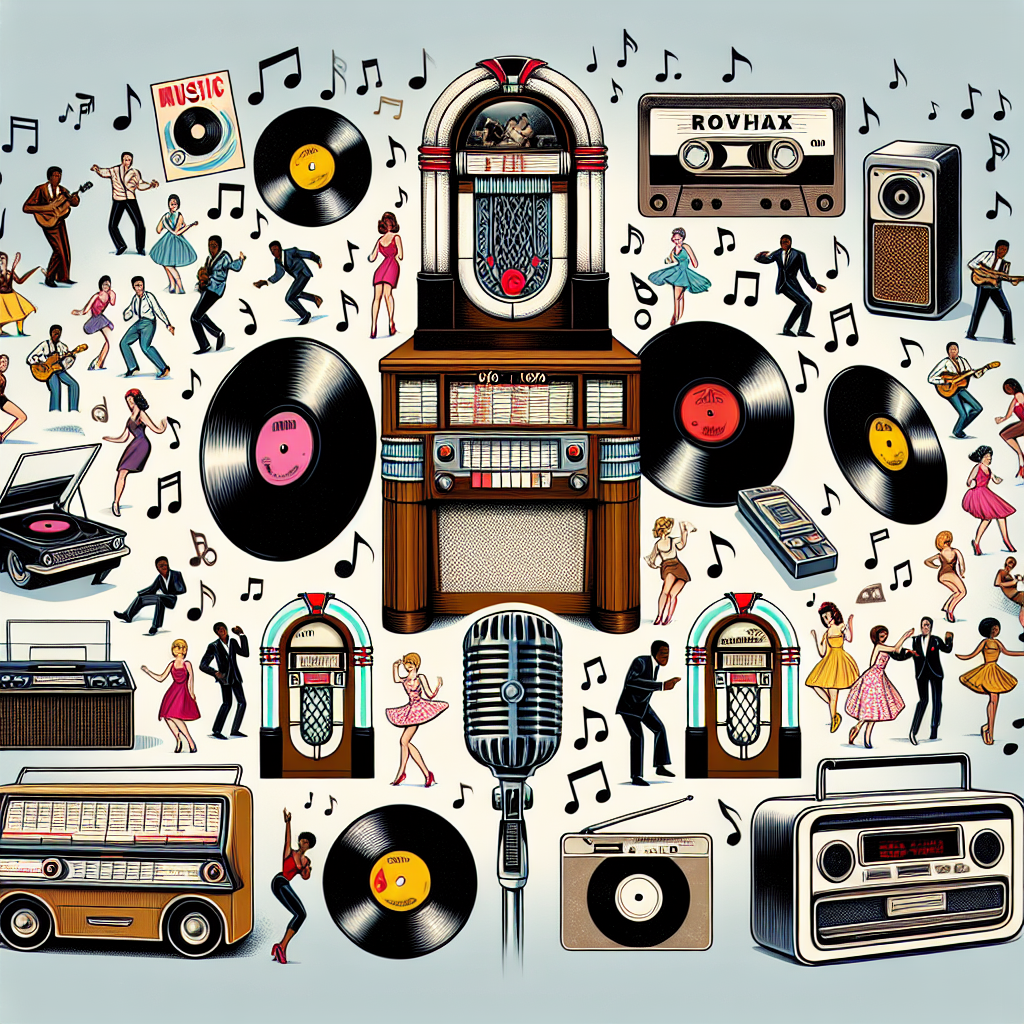During the 1960s and 1970s, Motown Records played a significant role in shaping the music landscape of that era. Founded by Berry Gordy Jr. in Detroit, Michigan in 1959, Motown quickly became known for its distinctive sound and iconic artists. The influence of Motown on music, culture, fashion, and technology during this time cannot be understated.
One of the key ways in which Motown influenced music in the 60s and 70s was through its roster of talented artists. Acts like The Supremes, Marvin Gaye, Stevie Wonder, and The Temptations produced hit after hit that topped the charts and captured the hearts of listeners around the world. These artists helped to define the Motown sound – a blend of soul, pop, and R&B that was both catchy and meaningful.
Politicians also took notice of Motown’s influence on popular culture during this time. Many politicians saw Motown as a unifying force that brought people together through music. Artists like Marvin Gaye used their platform to address social issues such as civil rights and Vietnam War protests. Motown’s music became a soundtrack for change and activism during a tumultuous period in American history.
In addition to its impact on music and culture, Motown also had an influence on fashion trends of the 60s and 70s. Artists from the label were known for their stylish attire and glamorous stage presence. The Supremes, in particular, were trendsetters when it came to fashion – their matching gowns and coordinated dance moves became iconic symbols of the era.
Furthermore, Motown played a role in advancing technology within the music industry during this time. Berry Gordy Jr. was a pioneer when it came to recording techniques and studio equipment. Motown’s “Hitsville U.S.A.” studio in Detroit was one of the first to feature state-of-the-art recording equipment that allowed for high-quality sound production.
In conclusion, the influence of Motown on music in the 60s and 70s cannot be overstated. From its talented roster of artists to its impact on culture, politics, fashion, and technology – Motown was a driving force behind some of the most memorable moments in music history. Its legacy continues to live on today through timeless hits that continue to inspire new generations of musicians and fans alike.
